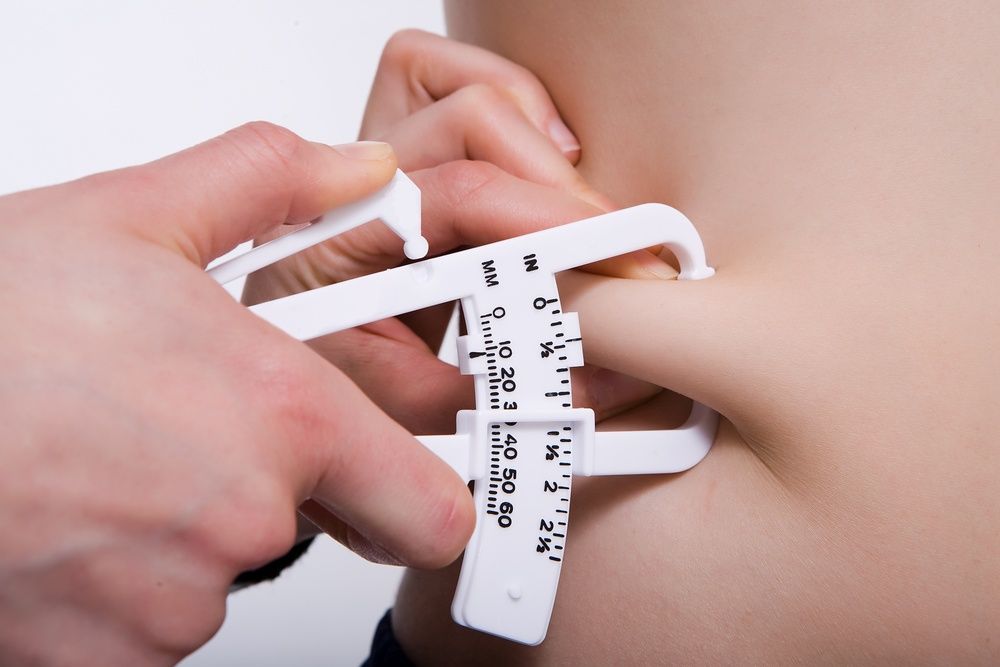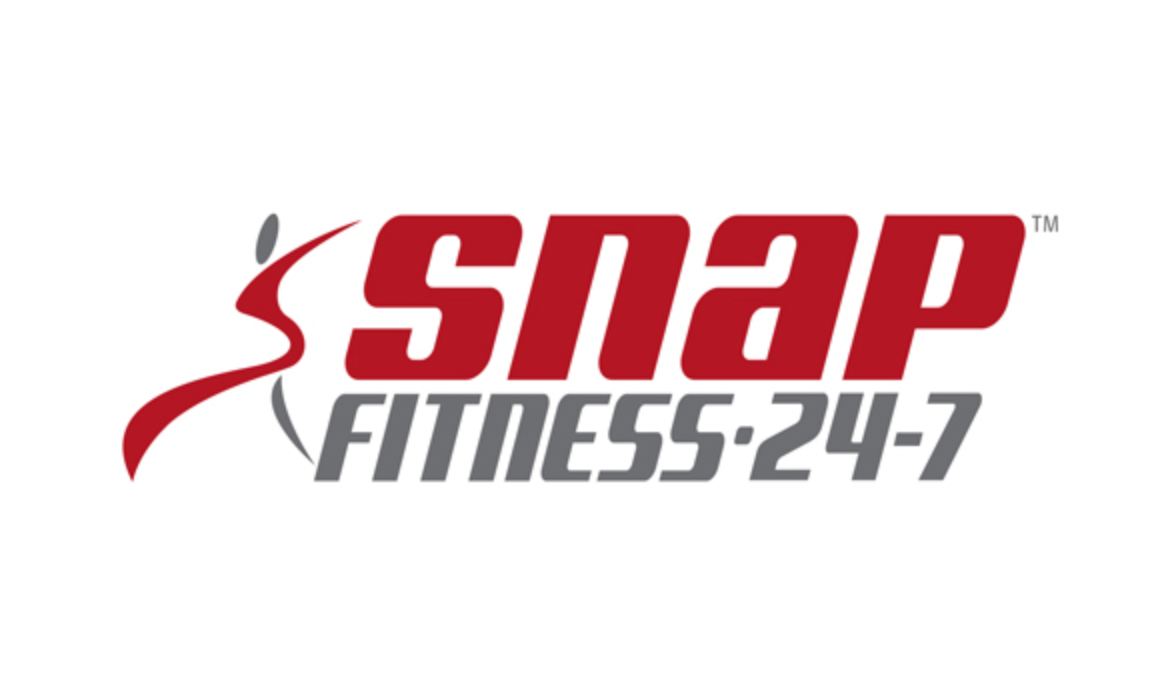Not all bodies are created equal, and neither are personal training routines. Fitness benchmarking should reflect that notion.
Over the years, fitness benchmarking has drastically improved as the health and wellness industry continues to expand and grow. As clients pursue their quest for continuous health improvement, many seek professional guidance to measure how their performance and body composition are improving. There are many advanced options you can now offer to clients as fitness benchmarking technology has evolved tremendously over time, providing them with an experience that’s motivating, engaging, and most of all: accurate!
Unfortunately too many health clubs are wasting time with old approaches that are naturally flawed. Errors and inconsistent results can lead to discouraged clients, inaccurate diagnosis of fitness and nutrition regimens, and costly mistakes that won’t give your members the motivation that they need to stay on track. Here are four ways that outmoded fitness benchmarking technology is failing your clients.Your Methods Are Outdated
Early pioneers of body scanning technology invented once popular methodologies such as DEXA scans, gold standard dunk tanks and hydrostatic weighing, and body fat calipers that have been adopted by health clubs. However, these methods each present factors that are costly or inefficient for the client. Caliper application can quickly go wrong if improper technique is used, and the results are based off an equation to evaluate body density, which leaves your clients with, at best, an estimated guess. Hydrostatic weighing is an uncomfortable process which must be repeated many times and, even under perfect circumstances, can produce inaccuracies based on subjective environmental factors. DEXA scans are expensive for clients to pay for, and the equipment itself can cost up to $1 million for facilities to purchase.
Fortunately there is now improved technology to avoid these inconsistencies: 3D full-body scanning solutions have been found to be up to 76% more accurate. Choosing to use a 3D full-body scan allows the technology to reliably extract body measurements and produce a measurement visualization that can be monitored over time. It’s also much more convenient, which is helpful to keep clients on track and to fit this extra step into their already-busy schedule.
Your Body Measurements Are Inaccurate
Taking body measurements is a standard way to monitor changes in your client’s body composition over time. Often gyms will suggest that clients use a flexible tape measure to record these body measurements, such as the circumference of their waist, hips, forearms, biceps, chest, neck, calves, and thighs. The issue with this approach is that it’s easy for these measurements to become inconsistent if the placement of the tape measure is not always exactly the same.
Small differences in measurements are actually quite significant, so it’s important to be as precise as possible. With accurate measurements, you’ll have boosted morale and evaluations, keeping your clients on the path to victory. Choosing to use a three-dimensional approach through body scanning technology produces hundreds of infrared images in a matter of seconds, offering exact circumferences, volume, and surface areas for key landmarks on the body.
You’re Missing the Visual Component
Visualization is a powerful tool to drive motivation and help your clients find their optimal health. Studies show that setting goals and visually seeing yourself hitting those targets leads to lower stress and quicker recovery. This is another missed opportunity by health clubs. Taking check-in photos is a common way for health clubs to suggest to clients to visually monitor how their body composition is changing. Many factors can throw photos off and thus not tell the whole story, such as time of day, specific lighting, etc.
Taking the route of 3D photos allows your client to see accurate measurements projected onto an image that gives a specific visualization of their progress. This is why many medical spas and clinics nationwide are implementing this type of body scanning technology in order to clearly illustrate their client’s hard-earned results.
Progress Tracking is Weak
Current progress tracking over time methodologies don’t set your client up for success. Weight and tape measurements can fluctuate greatly depending on human technique and error, bloating and water retention due to outside factors, and so on, which aren’t helpful when examining results. Moreover, using a body fat calculator can be drastically inaccurate depending on many subjective factors, such as the equations used and inconsistencies when body fat is being measured.
With 3D body scanning technology, you can digitally set fitness and caloric goals that can be monitored efficiently and accurately within the software over time. This encourages better progress tracking as your clients continue to monitor their fitness benchmarks and achieve the results they’re looking for.
Gone are the days of guessing games and inconsistent suggestions for your clients. Using a 3D body scanning approach gives your customers the feedback they need to keep them engaged and help them to learn about their bodies in a positive, constructive way. Visualization, progress tracking, convenience, and consistent evaluation methods allows you to give your clients the tools that they need for continual improvement. With body scanning technology, you’ll help your clients accurately measure their fitness benchmarks and establish a long-term relationship that’s mutually beneficial for everyone.






